In winter, and especially in spring’s freeze-thaw cycle, a road and bridge engineer’s thoughts turn to concrete corrosion.
Corrosion is a natural process of destruction, just like earthquakes, floods and tornados, although less dramatic and violent.
Unlike earthquakes, floods and tornados, however, corrosion can be prevented, or at least controlled.
There are many different ways to mitigate concrete corrosion. Here are a few of them.
The first way to defend against corrosion in reinforced concrete is to prevent water from penetrating.
Concrete is a hard material with a network of openings through which water can pass if the concrete is unprotected, and act as a carrier for aggressive chemicals like chloride that will corrode reinforced steel rebar.
Because water permeability determines the rate of deterioration, a structure’s durability and service life will increase if the concrete it contains is protected against water getting in.
Surface-applied sheet membranes, which form a barrier against water penetration on the outside of the concrete, are one way to keep water out. Another way is to use a membrane that is applied as a fluid. Like a sheet membrane, the fluid membrane forms a barrier on the surface of the concrete.
Another way of keeping water out is to use an internal membrane.
This is done by adding an integral crystalline waterproofing (ICW) admixture with the concrete mix at batching, or directly to the ready-mix truck.
Unlike a sheet or fluid membrane, an ICW becomes part of the concrete mixture itself.
The ICW admixture reduces water penetration by decreasing the size and number of cracks in the concrete and by sealing the cracks and micro-cracks that form later in the structure’s life.
Another way to make roads and bridges last longer is to use a higher-tech approach called cathodic protection.
There are a number of cathodic protection methods available. They have different features and benefits, but what all of them have in common is that they deliver a protective current to the reinforcing steel in the concrete.
Electrochemical Chloride Extraction systems address the underlying cause of corrosion by reducing chloride contamination. They do this by applying a temporary electric field to the structure.
Impressed current cathodic protection systems have two components: inert anodes (non-reactive material used in electrolysis cells to produce aluminum) and an external DC power source that sends an electrical current to the rebar that inhibits concrete corrosion.
Galvanic corrosion protection systems use galvanic anodes – metals whose voltage differs from the steel in the concrete structure the system is charged with protecting.
In typical concrete repair or restoration applications, zinc anodes are used. As the zinc anode corrodes, it generates an electrical current that inhibits corrosion of the reinforcing steel.
Most distributed anode systems are made of zinc metal or mesh and they are placed over a wide area.
Single anodes are tied onto exposed reinforcing steel or installed in concrete by drilling or coring holes on a grid pattern.
Galvanic anodes are also used to protect concrete and steel piles in salt water, which are subject to serious corrosion.
Protection of the piles can take the form of galvanic jacket systems, which consist of zinc mesh anodes, distributed alkali–activated anodes and distributed zinc anodes in wicking fabric, which directly wets with seawater the zinc inside the concrete jacket.
Finally, fusion anodes are a hybrid system that combines impressed current cathodic protection with galvanic anodes.
Fusion anodes work in two phases.
The first phase delivers an intense burst of electrical current that strikes the reinforcing steel and inhibits rebar corrosion, in a similar way to an electrochemical treatment or impressed current cathodic protection system. Then the second phase uses embedded galvanic anodes to provide cathodic prevention and shield the structure from future corrosion damage.


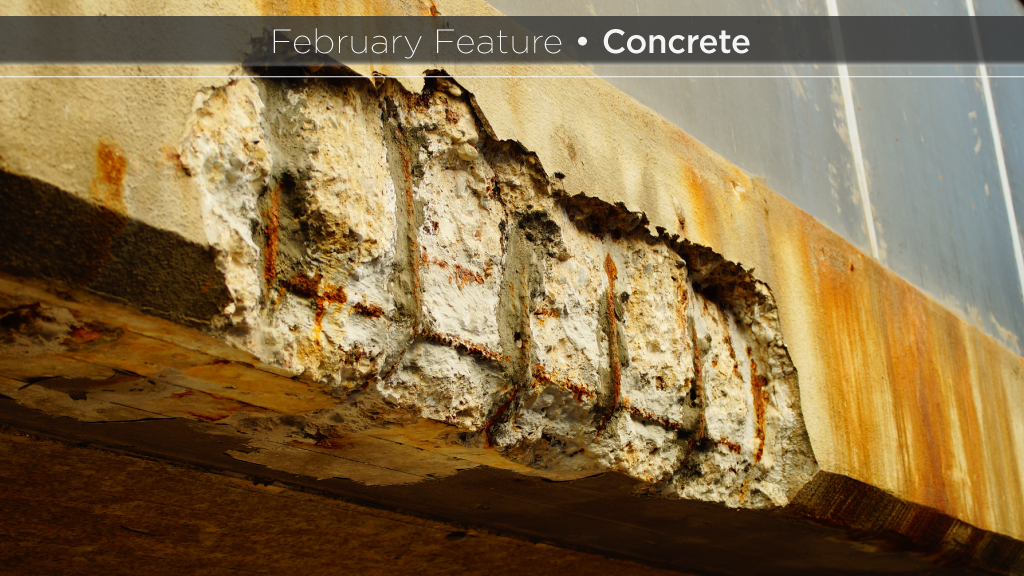
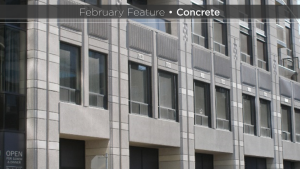
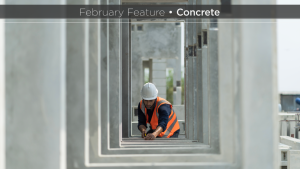

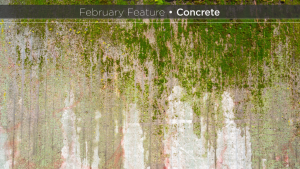

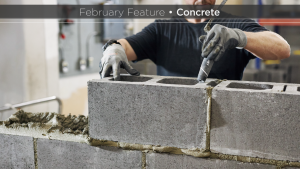
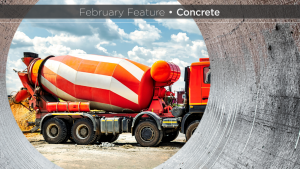

Recent Comments
comments for this post are closed